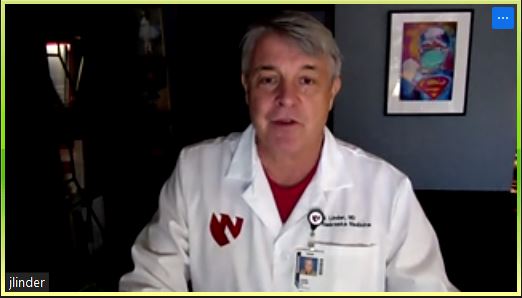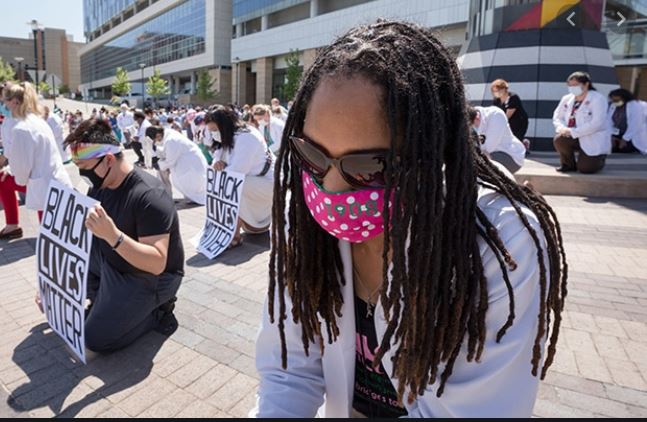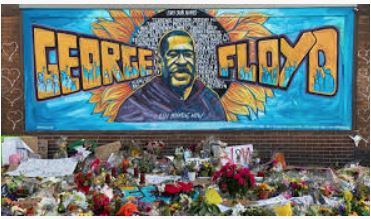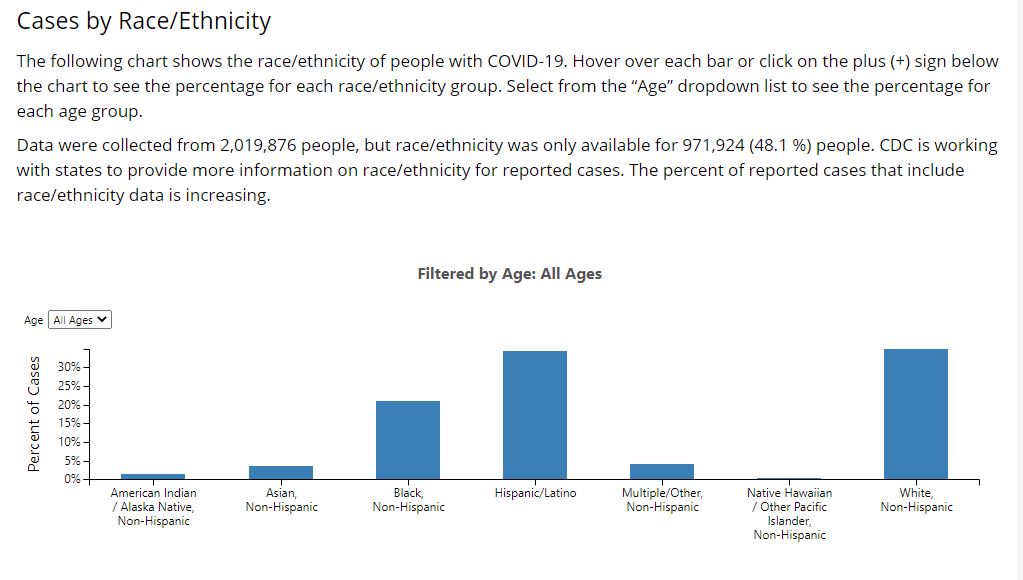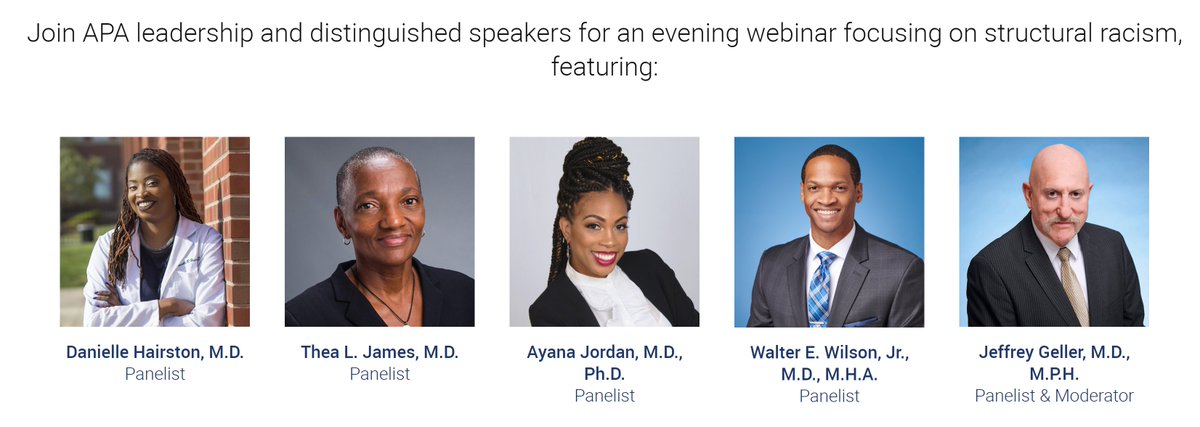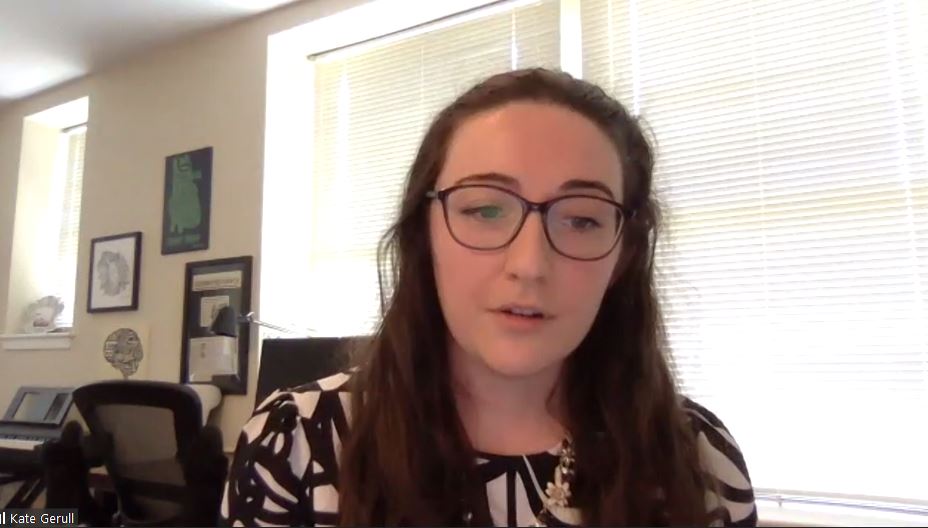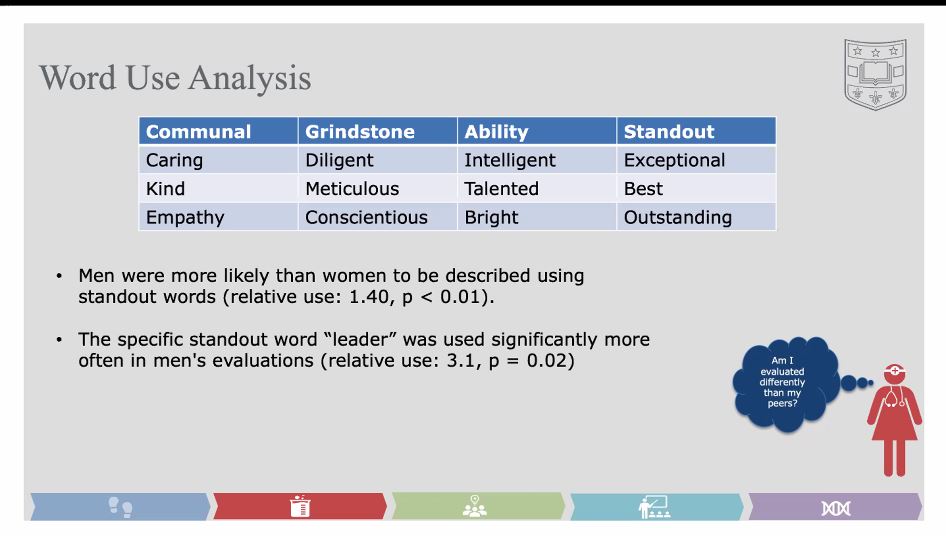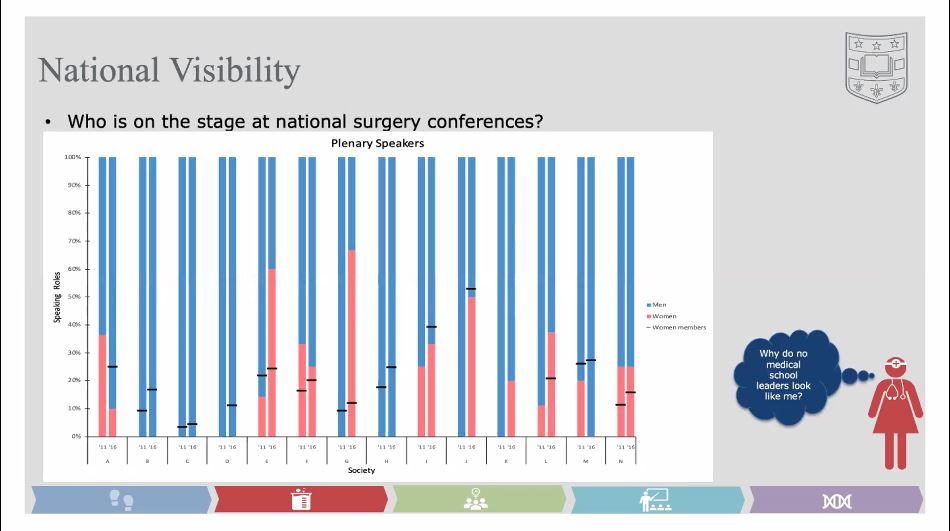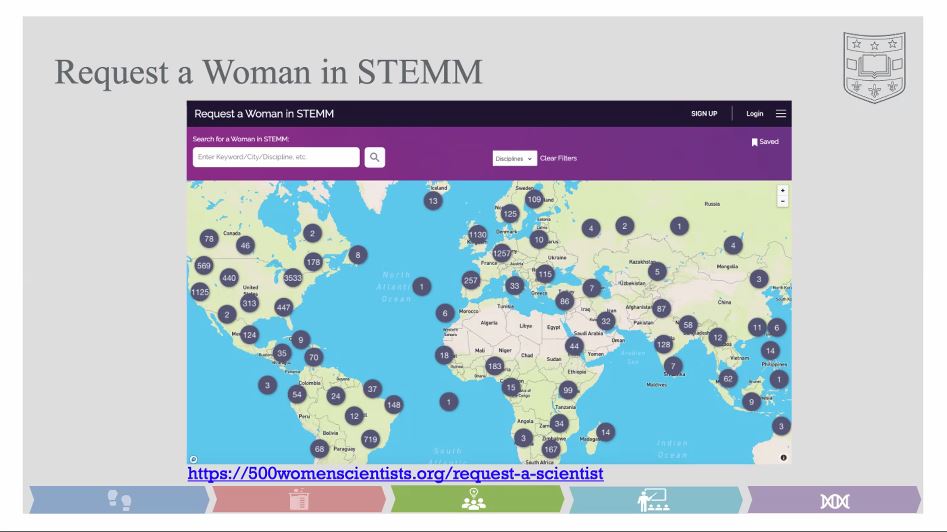
“In order to address the suffering within the ‘soul of America,’ we have to address mental health as part of health care, not separate from it."
- @PJK4brainhealth on the need to address #mentalhealth in COVID response.
A thread on the 6 priorities (1 of 7). h/t @JudgeWren
- @PJK4brainhealth on the need to address #mentalhealth in COVID response.
A thread on the 6 priorities (1 of 7). h/t @JudgeWren
https://twitter.com/JudgeWren/status/1338476641257984006
Priority 1: Change the national conversation about mental health and suicide.
As a psychiatrist, I know that a common response to mental health crises is silence.
When we speak up, we affirm people we know, love and respect who are living with invisible pain.
(2/7)
As a psychiatrist, I know that a common response to mental health crises is silence.
When we speak up, we affirm people we know, love and respect who are living with invisible pain.
(2/7)
Priority 2: Increase access to evidence-based treatments for substance use and mental health disorders in specialty and primary care.
Integrated care means having access to therapists and prescribers for treatment as part of the primary care team.
Access saves lives.
(3/7)
Integrated care means having access to therapists and prescribers for treatment as part of the primary care team.
Access saves lives.
(3/7)
Priority 3: Increase the use of nonpunitive and supportive crisis intervention services.
From mental health first responders to the Suicide Prevention Lifeline (1-800-273-8255) to psychiatric emergency services (), immediate support matters.
(4/7)
From mental health first responders to the Suicide Prevention Lifeline (1-800-273-8255) to psychiatric emergency services (), immediate support matters.
(4/7)
Priority 4: Establish near-real-time data-collection systems to promptly identify changes in rates of suicide, overdose, and other key events, and of clusters and spikes in these outcomes.
In October, Japan reported a spike in suicides.
cnn.com/2020/11/28/asi…
(5/7)
In October, Japan reported a spike in suicides.
cnn.com/2020/11/28/asi…
(5/7)
Priority 5: Ensure the equitable delivery of comprehensive and effective suicide prevention and mental health services for BIPOC, LGBTQ and others disproportionately impacted by the pandemic.
COVID only increased risk for communities experiencing gaps in access.
(6/7)

COVID only increased risk for communities experiencing gaps in access.
(6/7)
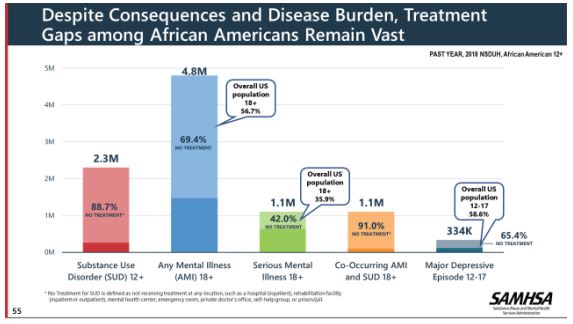

Priority 6: Invest in prevention and early intervention approaches that treat the root causes of suicide and mental health problems.
In other words, we must address social determinants such as housing, safety, hunger, unemployment, unstable housing, & incarceration.
(7/7)
In other words, we must address social determinants such as housing, safety, hunger, unemployment, unstable housing, & incarceration.
(7/7)

Thanks to so many #mentalhealth organizations working to bridge access gaps in the pandemic! This is truly lifesaving work.
@AACAP
@Action_Alliance
@afspnational
@APA
@APAPsychiatric
@MentalHealthAm
@NAMICommunicate
@NationalCouncil
@NIMHgov
@samhsagov
@WellBeingTrust
@AACAP
@Action_Alliance
@afspnational
@APA
@APAPsychiatric
@MentalHealthAm
@NAMICommunicate
@NationalCouncil
@NIMHgov
@samhsagov
@WellBeingTrust
Thanks to my colleagues in the #mentalhealthawareness community for your uplifting voices!
@1of2vics
@DrLondonoTobon
@BartAndrews
@drjessigold
@JudgeWren
@DrvanTilburg
@jack_turban
@jenheemstra
@DrLiaT1
@DrMarleyDoyle
@SAStrongMD
@SusannaLHarris
@VirusesImmunity
@1of2vics
@DrLondonoTobon
@BartAndrews
@drjessigold
@JudgeWren
@DrvanTilburg
@jack_turban
@jenheemstra
@DrLiaT1
@DrMarleyDoyle
@SAStrongMD
@SusannaLHarris
@VirusesImmunity

@threadreaderapp unroll
• • •
Missing some Tweet in this thread? You can try to
force a refresh



